Effective Termite Inspection Services

Spring is an ideal time for termite inspections due to increased termite activity as they emerge from colonies.

Summer offers warm weather that facilitates termite movement, making inspections effective for early detection.
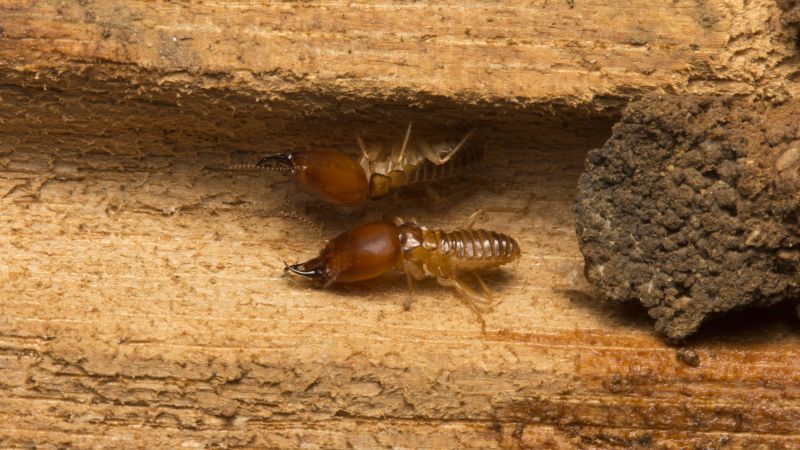
Fall inspections help identify termites before winter, preventing damage during colder months.
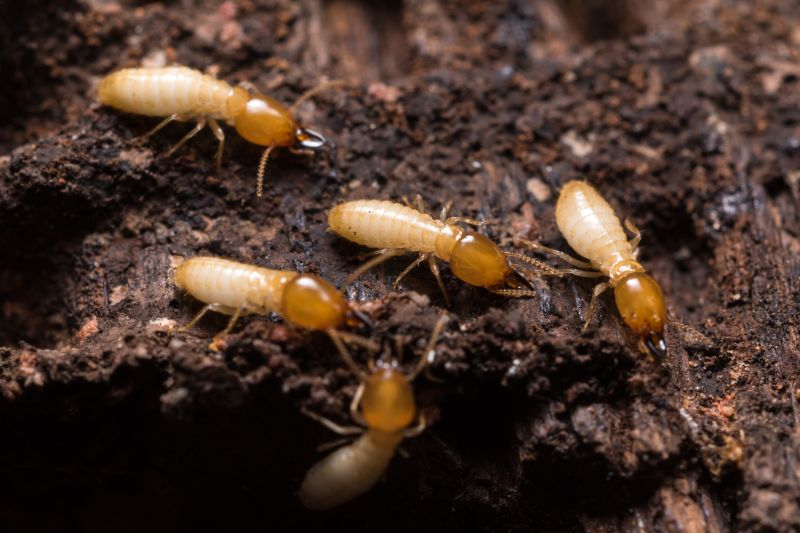
Ways to make Termite Inspections work in tight or awkward layouts.

Popular materials for Termite Inspections and why they hold up over time.

Simple add-ons that improve Termite Inspections without blowing the budget.

High-end options that actually feel worth it for Termite Inspections.
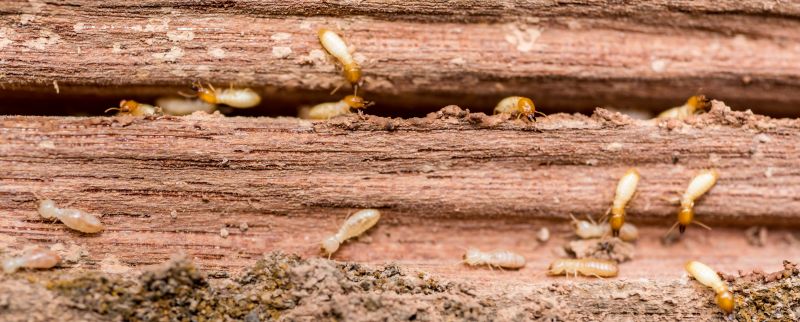
Finishes and colors that play nicely with Termite Inspections.
Termite inspections are crucial for identifying early signs of infestation and preventing extensive damage. Conducted by trained professionals, these inspections involve thorough examinations of the property’s foundation, wood structures, and other vulnerable areas. Regular inspections can detect termites before visible damage occurs, saving costs and preserving property value. Statistics indicate that untreated termite damage can cost homeowners thousands of dollars, emphasizing the importance of timely inspections.
While certain seasons are optimal, regular inspections throughout the year can help catch infestations early regardless of timing.
Look for mud tubes, discarded wings, and wood damage to identify potential termite presence.
Inspections combined with moisture control and wood treatment can reduce the risk of infestation.
Advanced tools like moisture meters and thermal imaging improve inspection accuracy.
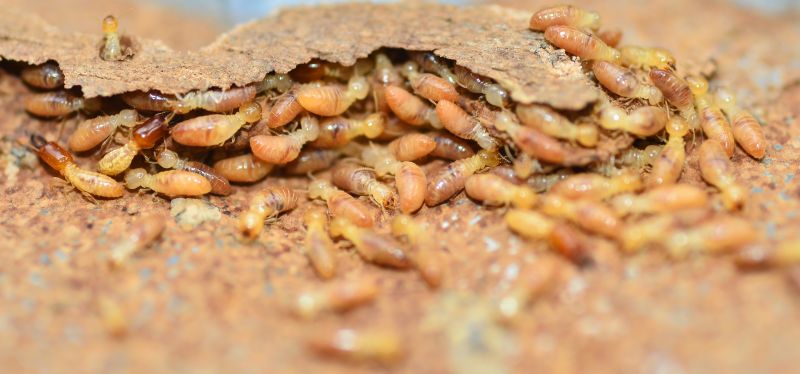
Specialized tools used for thorough property examination.

A professional inspecting a foundation for signs of termites.
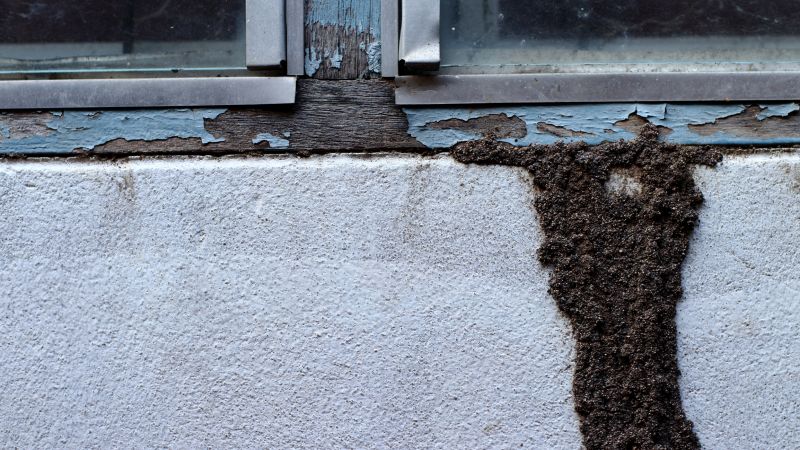
Evidence of termite activity on exterior walls.
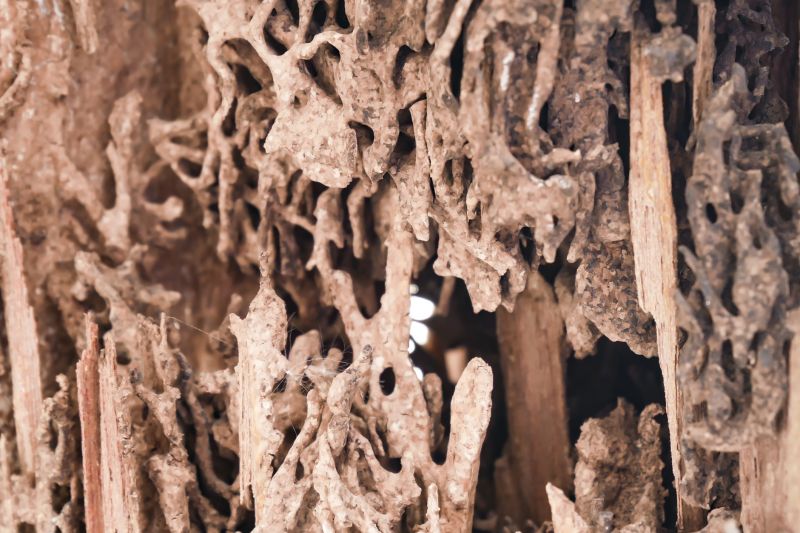
Signs of internal wood deterioration caused by termites.
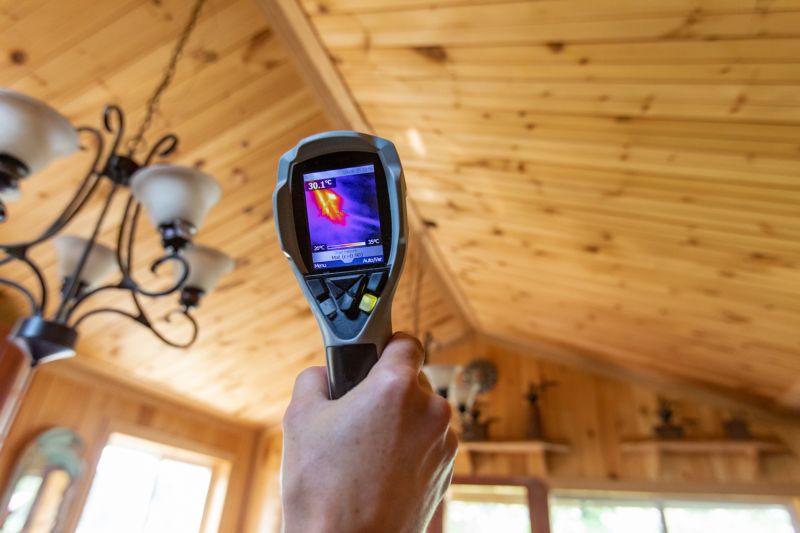
Technology used to detect hidden termite activity.

Tool to identify moisture levels that attract termites.
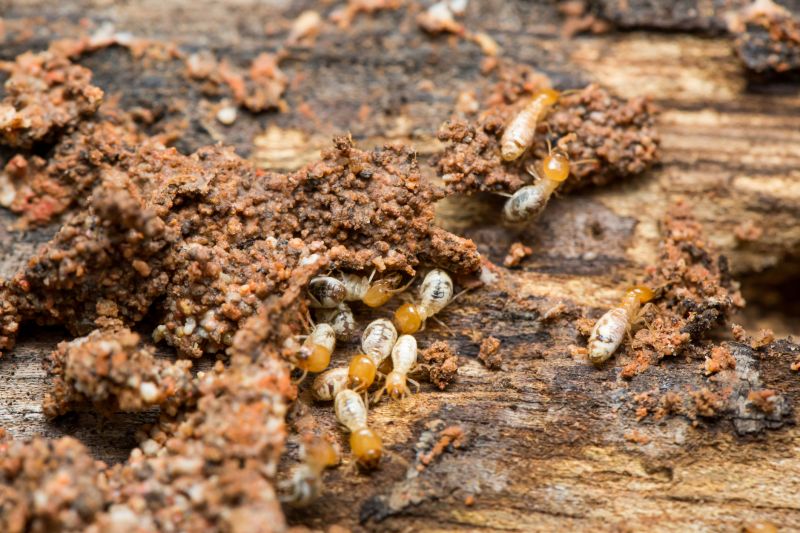
Checking hard-to-reach areas for signs of infestation.
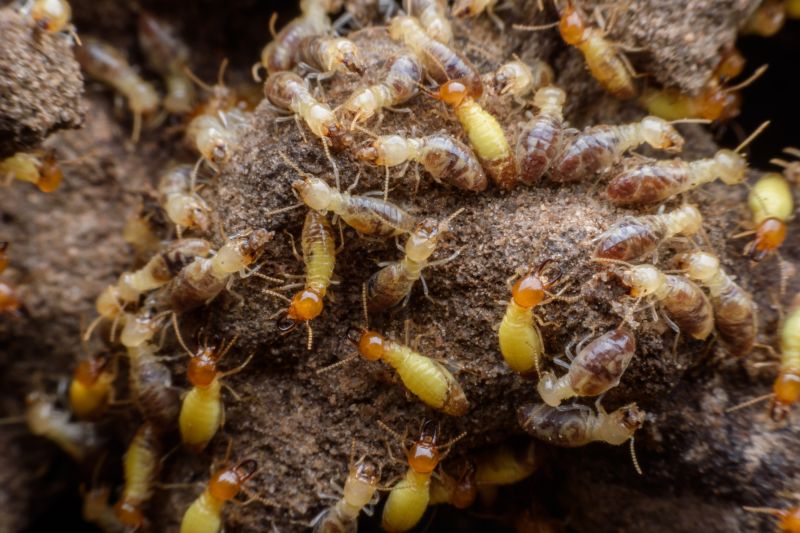
Documentation provided after a thorough property assessment.
| Season | Best Practices |
|---|---|
| Spring | Schedule inspections early to catch emerging activity. |
| Summer | Monitor for increased termite movement due to warmth. |
| Fall | Inspect before winter to prevent damage during cold months. |
| Winter | Perform inspections if mild weather allows, especially in warmer climates. |
| Year-round | Maintain regular inspections regardless of season. |
Timely termite inspections are essential for safeguarding property investments. Regular assessments, especially during peak activity seasons, can identify infestations early, reducing repair costs and structural damage. Property owners should consider scheduling inspections at least annually or more frequently if there are signs of activity or previous infestations. Utilizing advanced detection methods enhances the effectiveness of these inspections, ensuring comprehensive coverage.
Interested property owners can contact professionals to arrange inspections tailored to their specific needs. Early detection and prevention strategies are vital components of effective termite management, helping to maintain property integrity over time.



